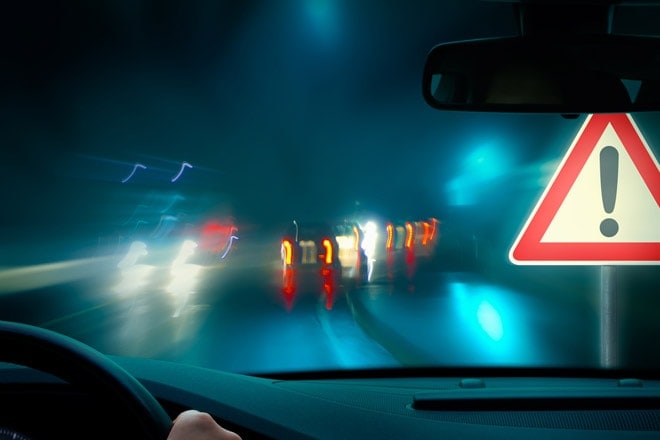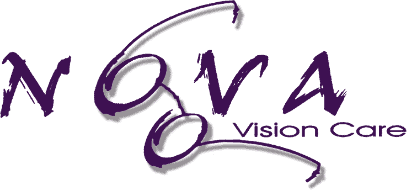Low Vision and Driving

Your eyesight can change as you get older. It might be harder to see people, things, and movement outside your direct line of sight. It may take you longer to read street or traffic signs or even recognize familiar places. At night you may have trouble seeing things clearly. Glare from oncoming headlights or street lights can be a problem. Depending on the time of the day, the sun might be blinding.
Low vision eye diseases, such as glaucoma, cataracts, and macular degeneration, as well as some medicines, can also cause vision problems.
Safe driving tips from the National Institute on Aging include:
- If you are 65 or older, see your eye doctor at least every 1 to 2 years. Ask if there are any ways to improve your eyesight. Many vision problems can be treated. For instance, cataracts might be removed with surgery.
- If you need glasses or contact lenses to see far away while driving, make sure your prescription is up-to-date and correct. And always wear them when you are driving.
- Cut back on night driving or stop driving at night if you have trouble seeing in the dark. Try to avoid driving during sunrise and sunset when the sun can be directly in your line of vision.
- If you ever feel unsure of yourself behind the wheel, turn in your keys and make an appointment with a low vision specialist who can help you with devices and vision rehabilitation to help you determine your safe driving plan.
Here at Nova Vision Care our own Dr. Busch specializes in low vision care and can help ease the transition into low vision eyesight care. Call today to make an appointment (937) 320-0300.
